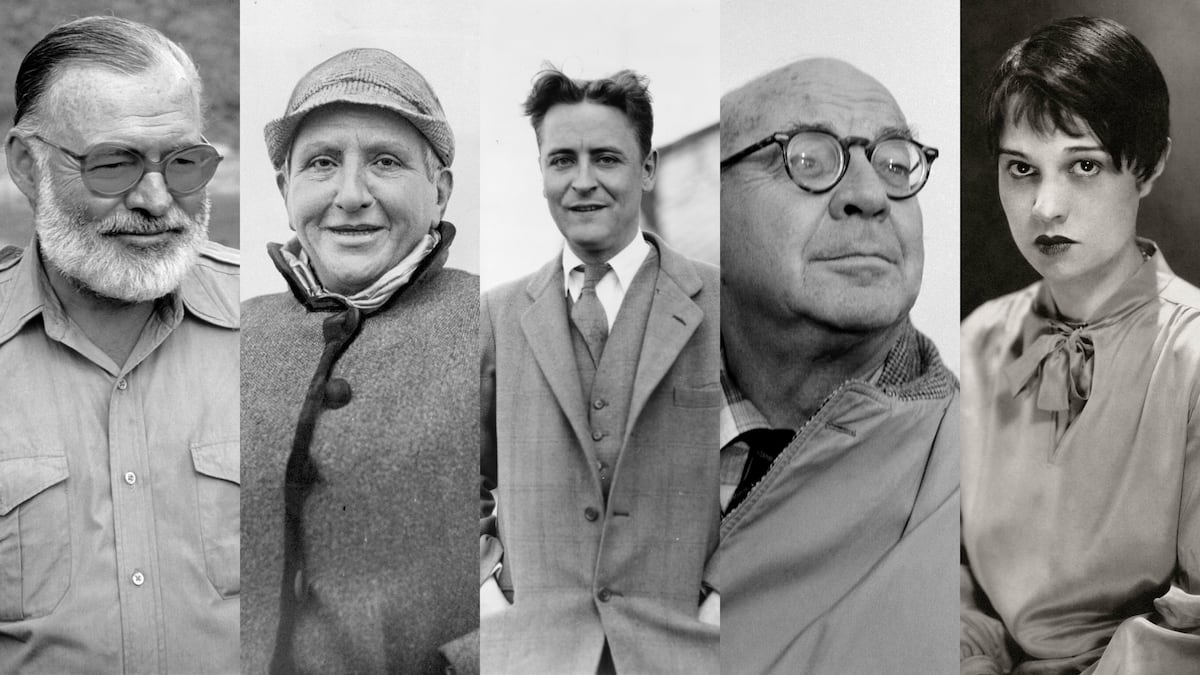
"Steiner argues that the great literary traditions of the 19th century reached a saturation point with authors like Tolstoy and Dostoevsky, posing challenges for universal vision."
"In the five years following Edgar Allan Poe's death, American literature emerged with significant works from Melville, Hawthorne, and Whitman, marking the country's literary foundation."
"The literary explosion during 1850-1855 set a precedent for American literature, featuring classic texts that continue to influence writers and culture today."
"The year 1925 is recognized as pivotal for American literature, showcasing landmark publications including The Great Gatsby, which solidified the nation's literary legacy."
In his first book, Tolstoy or Dostoevsky, George Steiner posits that the literary traditions of the 19th century reached a saturation point, particularly within European and Russian literature. He explores how the foundation of modern American literature began in the years following Edgar Allan Poe's death in 1849. Notably, between 1850 and 1855, influential writers such as Herman Melville, Nathaniel Hawthorne, and Walt Whitman produced seminal works that shaped the literary future of the fledgling American nation. This period laid the groundwork for a unique literary cosmos that would see its zenith again in 1925.
#american-literature #19th-century-literature #literary-analysis #george-steiner #tolstoy-and-dostoevsky
Read at english.elpais.com
Unable to calculate read time
Collection
[
|
...
]